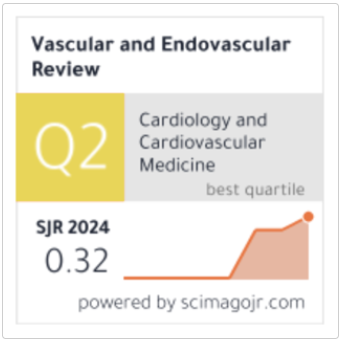Two Decades of Chronic Kidney Disease in India: A Comprehensive Meta-Analysis of Prevalence and Regional Trends
Keywords:
Chronic Kidney Disease, India, Prevalence, Meta-analysis, Random-effects model, PRISMA, Subgroup analysis.Abstract
Background: Chronic Kidney Disease (CKD) is a growing public health concern in India, shaped by lifestyle changes, urbanisation, environmental and occupational risks, and socioeconomic inequalities. Over the last two decades, numerous regional studies have reported varying prevalence rates, reflecting the country’s demographic and geographic diversity.
Methods: A systematic search was conducted in PubMed, Scopus, and Indian databases for studies published between 2005 and 2025 reporting CKD prevalence using standard diagnostic criteria (KDIGO, CKD-EPI, MDRD). Sixty eligible studies were included, covering general, occupational, medical, and vulnerable populations. A random-effects model (DerSimonian–Laird) was applied due to high heterogeneity. Pooled prevalence, 95% confidence intervals (CI), and heterogeneity (I²) were calculated. Subgroup analyses were performed by geographic region and population type.
Results: The pooled CKD prevalence was 14.4% (95% CI: 12.7% – 16.1%), with very high heterogeneity (I² = 99.6%). Prevalence ranged from 1.2% in pediatric cohorts to 32.0% in diabetic populations. A higher prevalence was observed in South and East India, as well as among occupational and environmentally exposed groups.
Conclusion: CKD prevalence in India remains substantial, highlighting the urgent need for national screening programs, occupational safety measures, and focused preventive strategies for high-risk groups.








